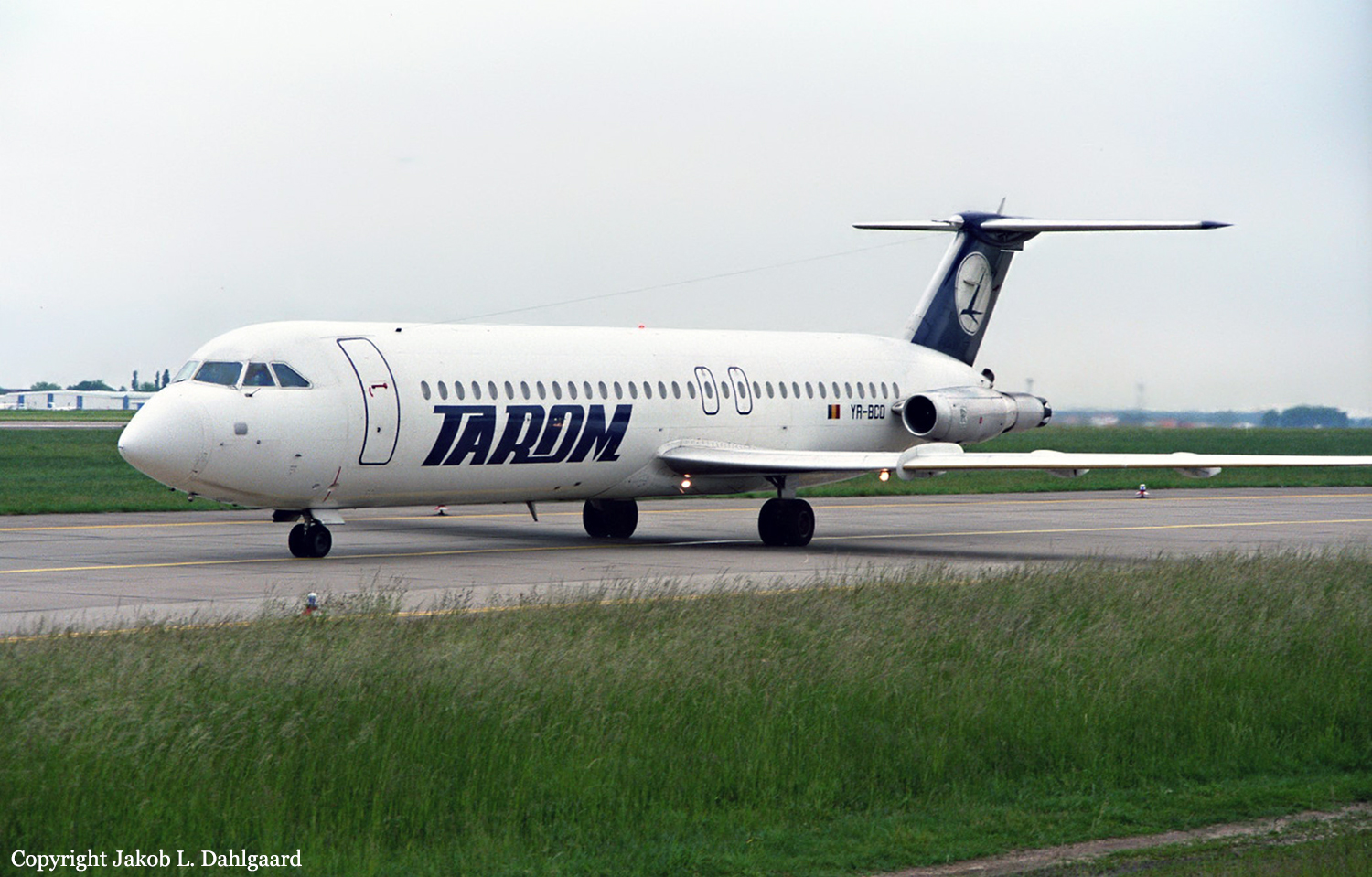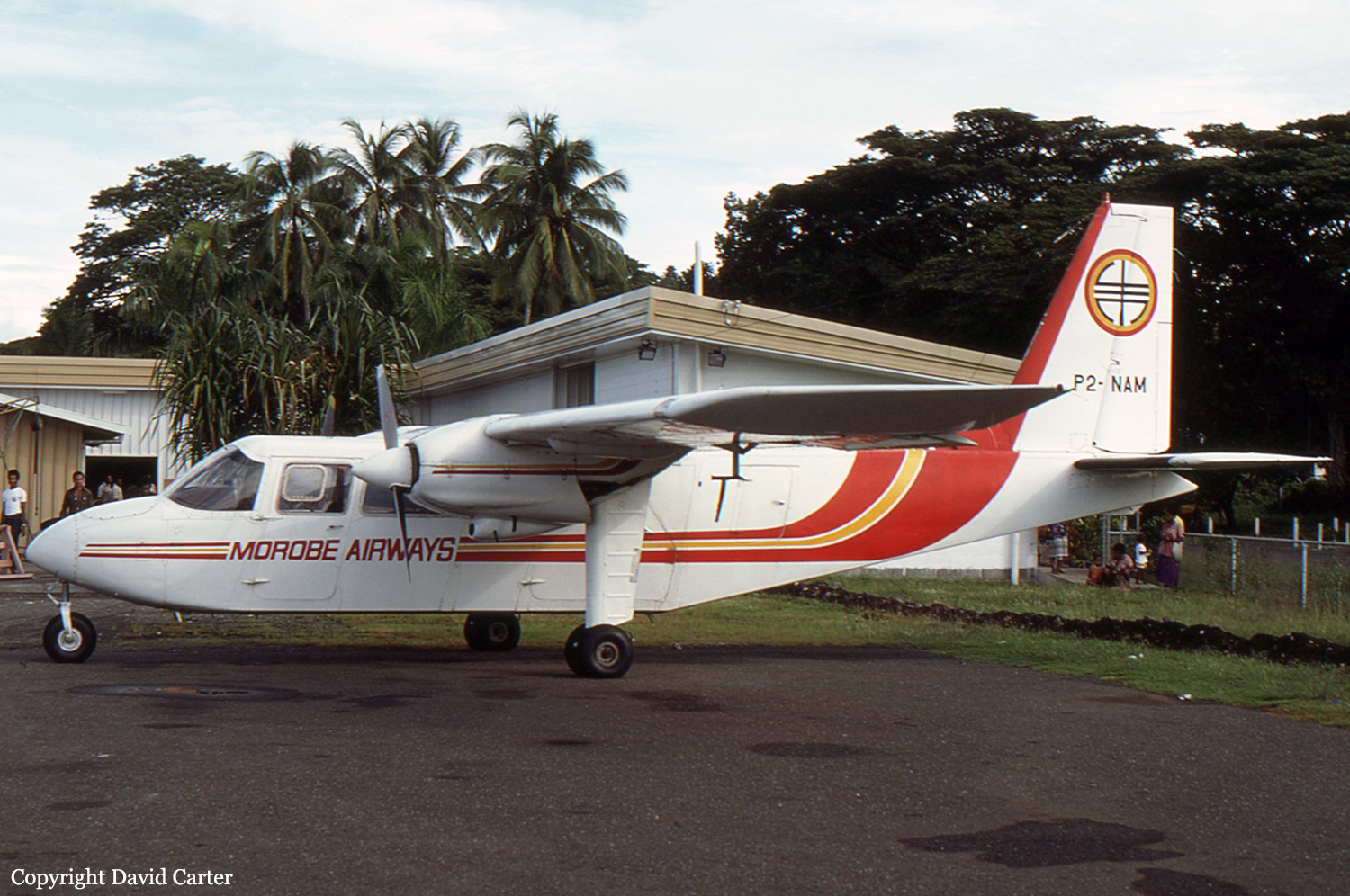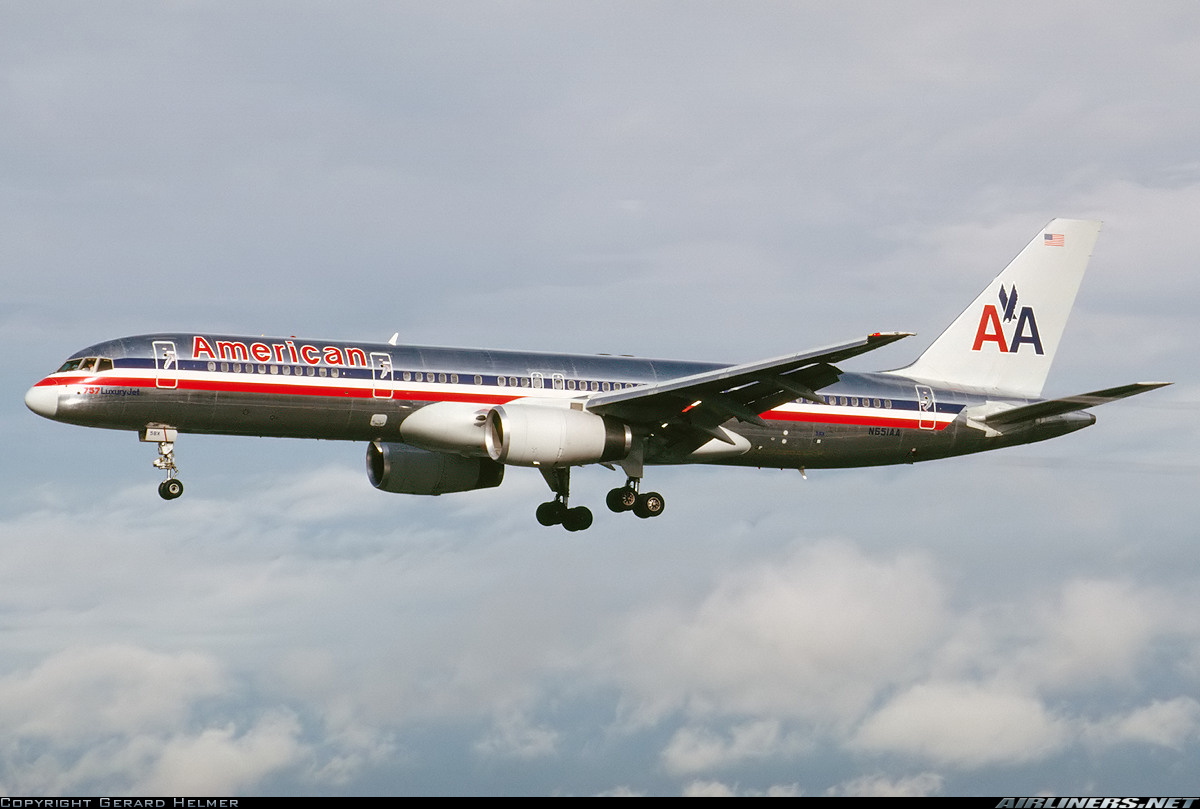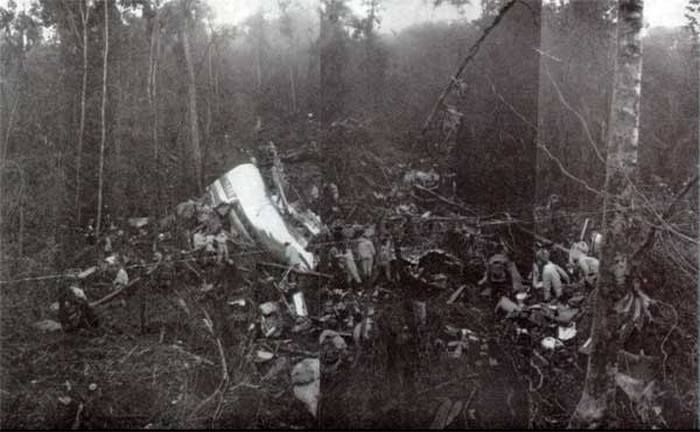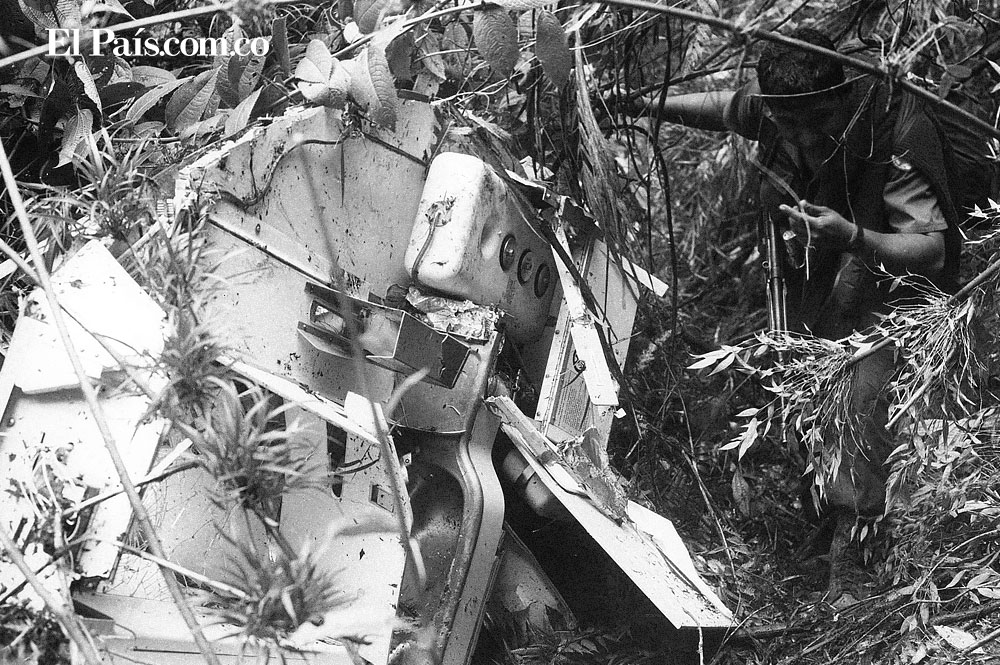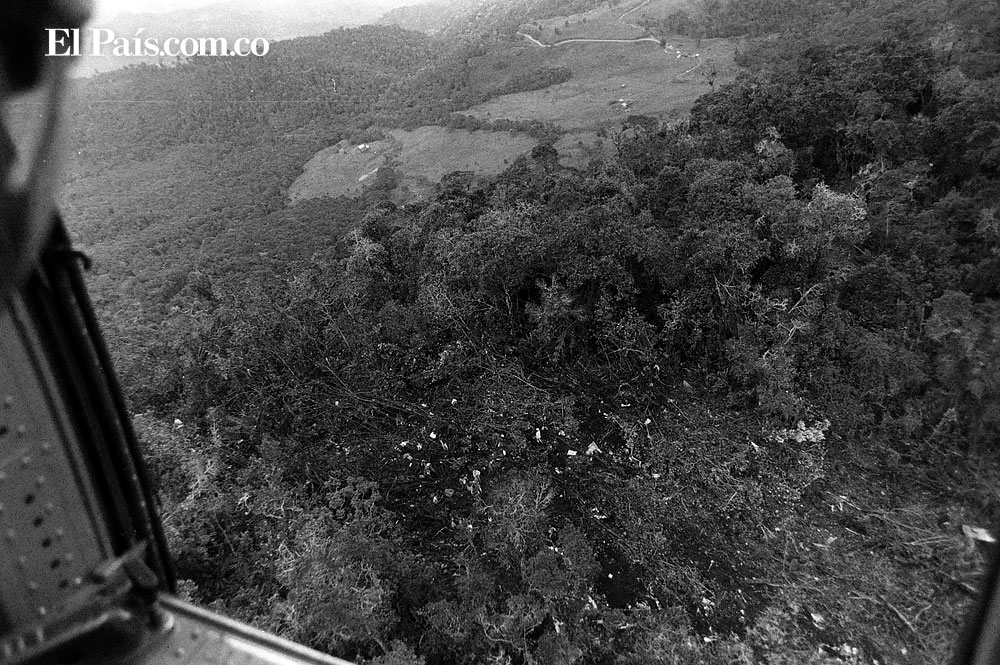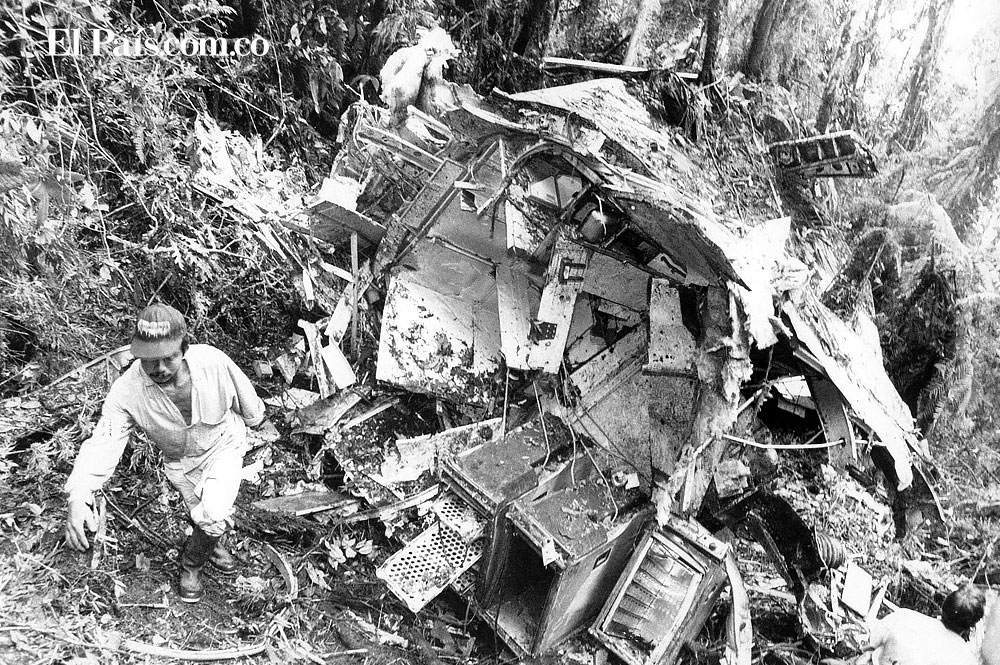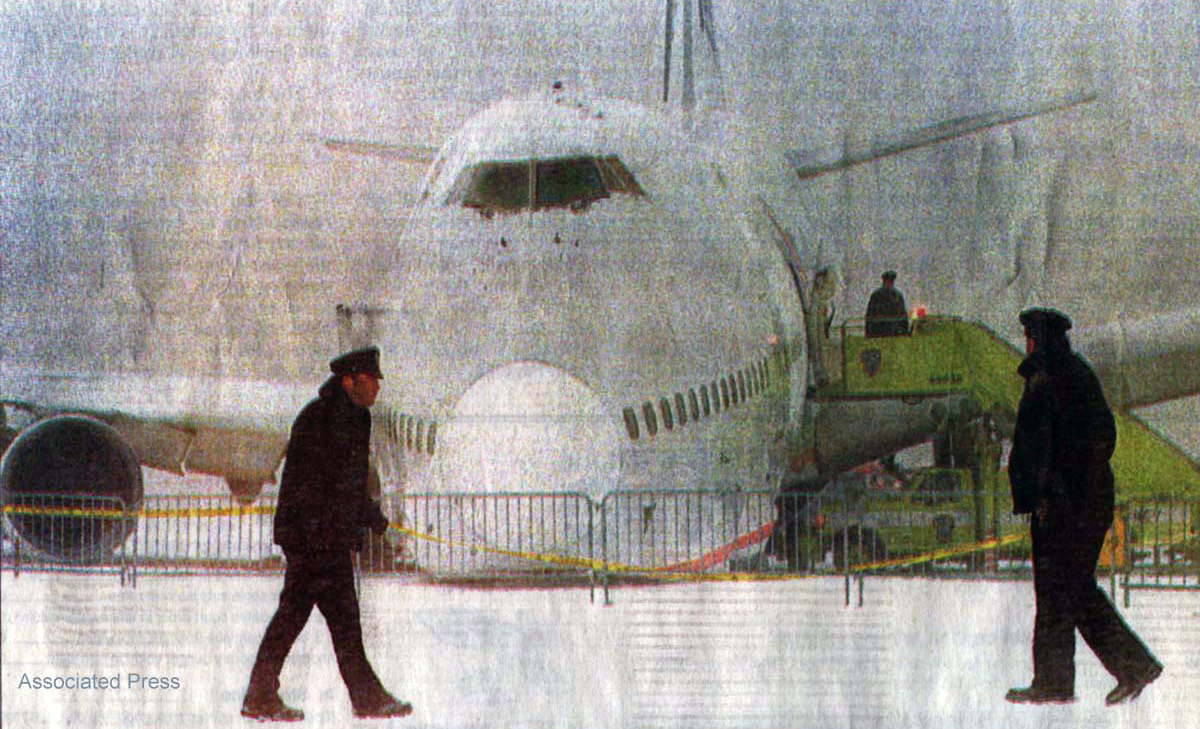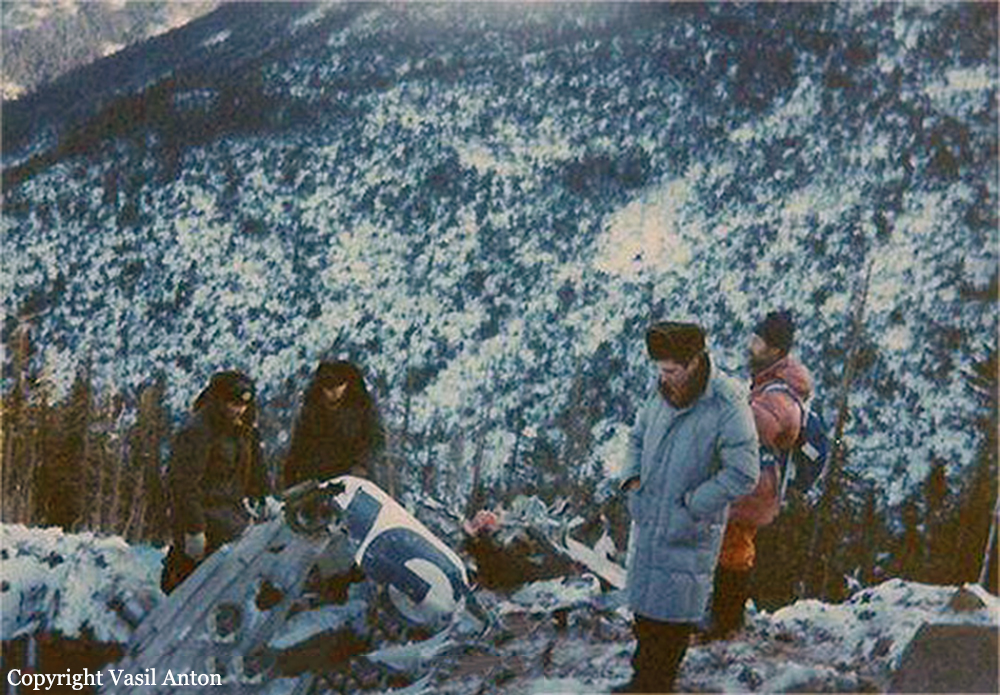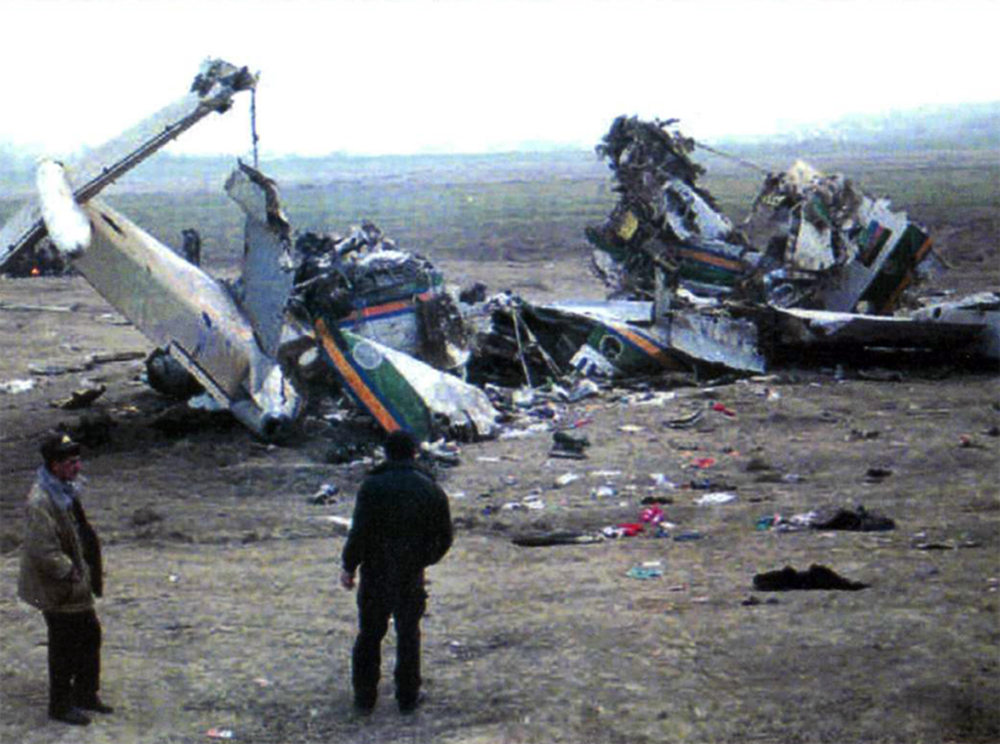Crash of a BAc 111-525FT in Istanbul
Date & Time:
Dec 30, 1995 at 1725 LT
Registration:
YR-BCO
Survivors:
Yes
Schedule:
Bucharest - Istanbul
MSN:
272
YOM:
1982
Flight number:
RO261
Crew on board:
6
Crew fatalities:
Pax on board:
75
Pax fatalities:
Other fatalities:
Total fatalities:
0
Circumstances:
The approach and landing at Istanbul-Atatürk was completed in marginal weather conditions with sleet, strong winds and turbulences. The copilot was the pilot-in-command. Upon touchdown on runway 36, the aircraft landed hard and bounced. On the second impact, the nose gear collapsed. The aircraft went out of control, veered off runway to the right at a speed of 60 knots and came to rest. All 81 occupants escaped uninjured while the aircraft was damaged beyond repair. The wind was gusting up to 29 knots at the time of the accident with a visibility limited to 4 km.
